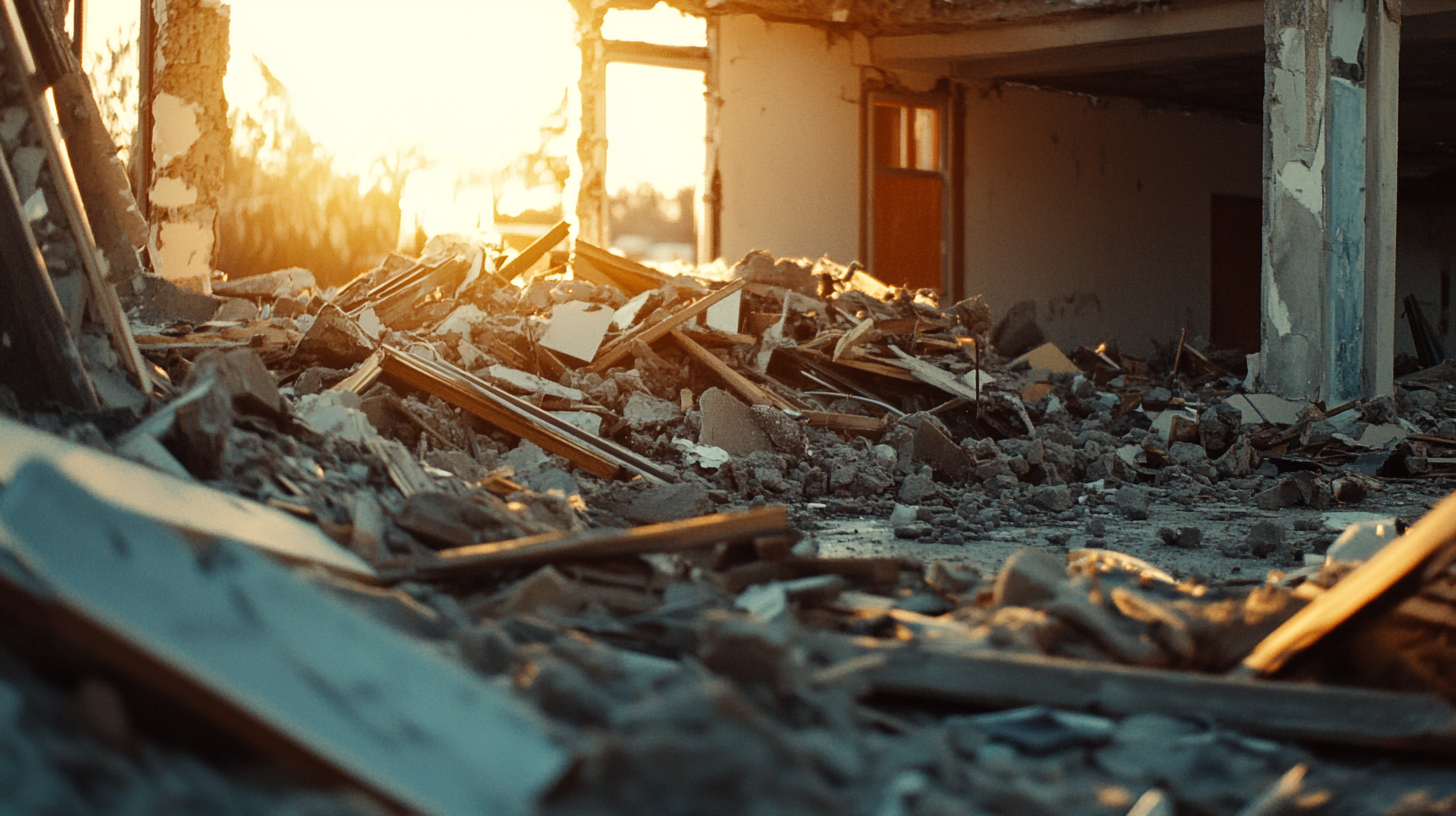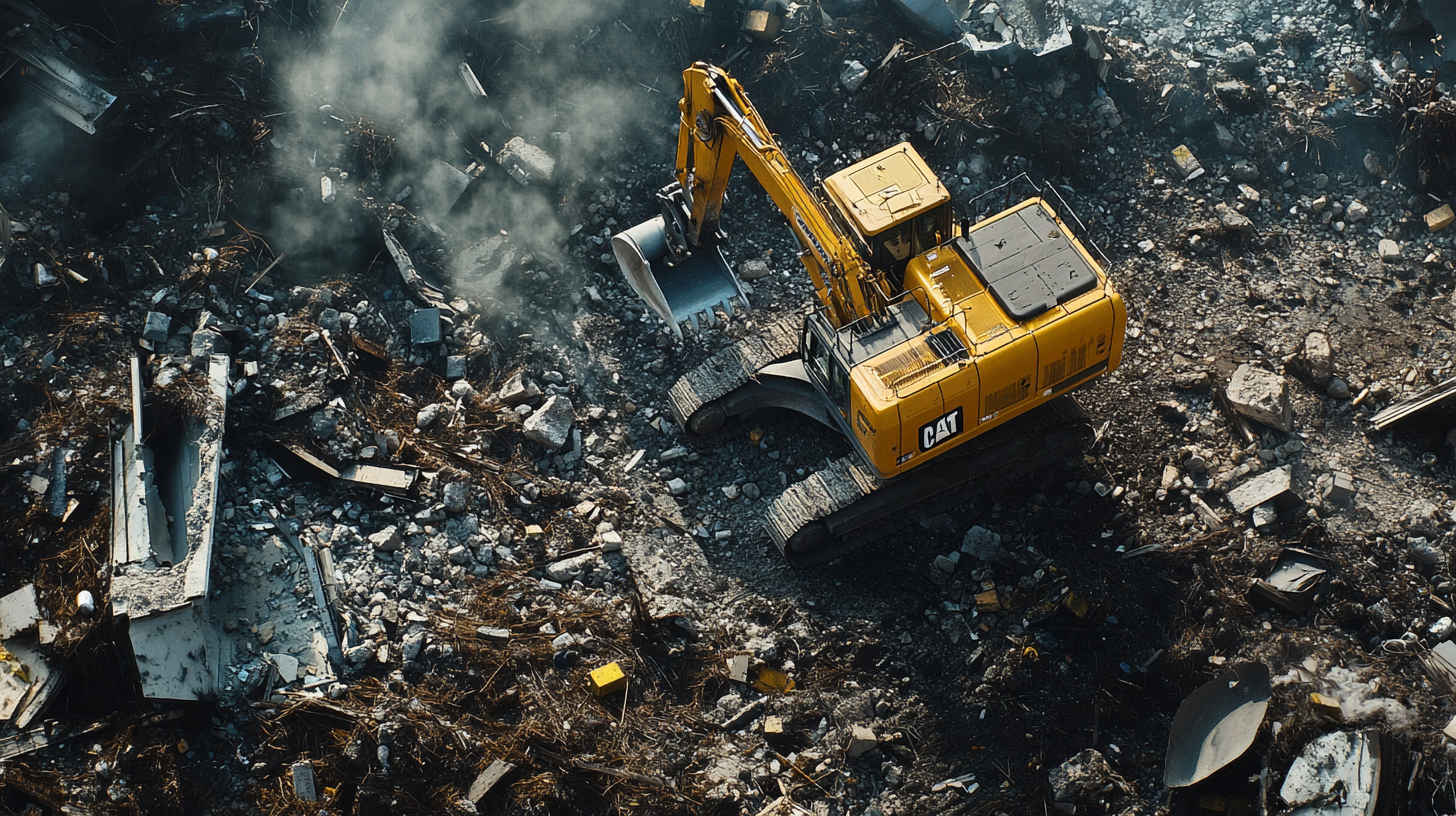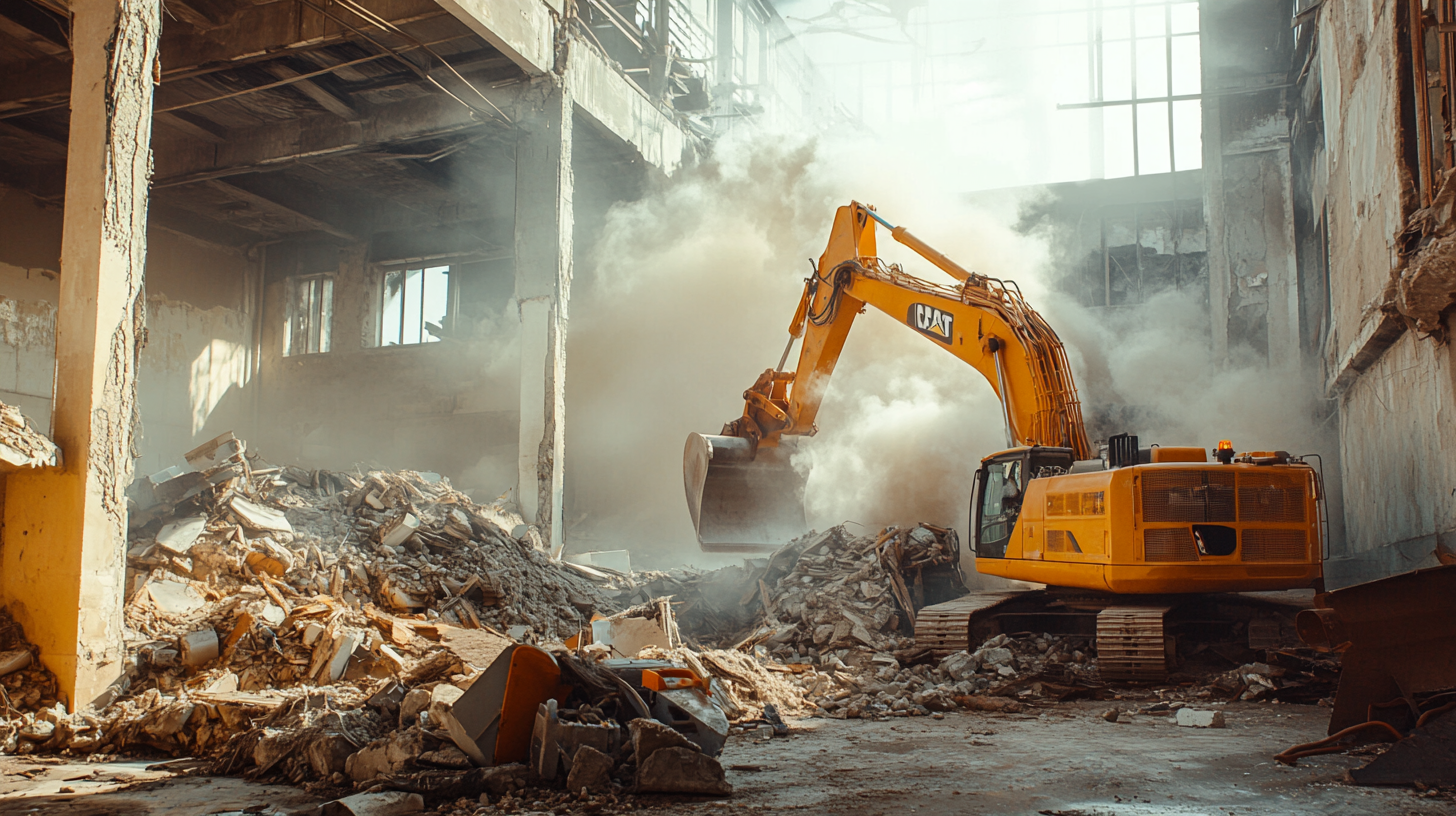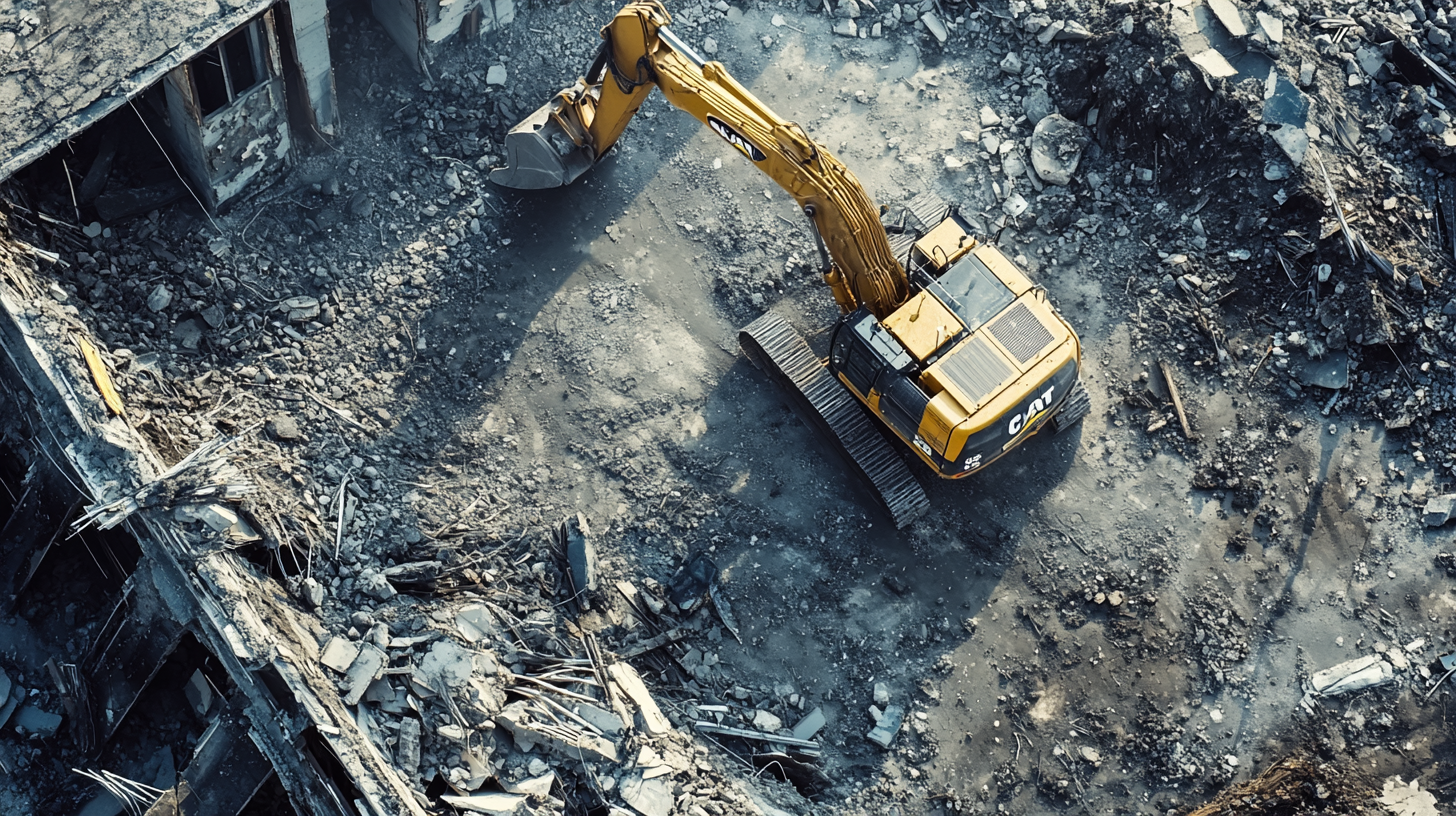
When it comes to home maintenance, insulation replacement is a critical task that not only preserves the comfort of your home but also its energy efficiency. The decision between opting for professional services or embarking on a DIY project is not one to be taken lightly. This choice impacts not only the effectiveness of the insulation but also the long-term health and safety of your living environment.
Choosing the right approach for replacing insulation involves considering several factors including the complexity of the job, the type of insulation, and the potential cost savings. DIY projects can be tempting due to the perceived lower costs and the satisfaction of hands-on work. However, the technical challenges and the need for specialized knowledge and tools can turn what might seem like a straightforward project into a complex, overwhelming task.
On the other hand, hiring professionals offers peace of mind through expert handling, guaranteed quality, and compliance with current building codes and standards. Professional installers can assess your home’s specific needs, recommend the best type of insulation, and ensure that installation is performed safely and efficiently, which can actually translate to greater cost savings when factored over time due to optimal energy use and material efficiency.
In this blog, we'll explore the advantages and disadvantages of both professional and DIY insulation replacement. We'll provide you with detailed insights and practical advice to help you make an informed decision that ensures your home remains a comfortable sanctuary for years to come. Whether you're leaning towards a DIY challenge or considering the expertise of a professional, understanding the scope, risks, and benefits of each option will be crucial in making the right choice for your home’s needs.
Stay tuned as we delve deeper into what it takes to replace your home's insulation effectively, exploring everything from material choices and methods to cost considerations and potential ROI. Let’s help you determine the best path to enhancing your home's energy efficiency and comfort.
Assessing Your Insulation Replacement Needs
Properly assessing your insulation replacement needs is crucial for maintaining the efficiency, comfort, and safety of your home. Whether you decide to hire professionals or take on the project yourself, understanding the scope of the project and realistically evaluating your capabilities and resources will guide you to making the best decision.
Understanding the Scope of Your Project
Replacing insulation involves more than just purchasing materials and installing them. First, you need to evaluate the size and complexity of the job, which can vary significantly depending on the area of your home that requires insulation and the type of insulation used.
Key Considerations Include:
- Area to be Insulated: Are you insulating an attic, wall cavities, basements, or crawl spaces? The location dramatically affects the amount of material needed and the installation process.
- Type of Insulation: Whether it’s blanket (batts and rolls), foam board, loose-fill, or spray foam, each type has different installation challenges and performance benefits.
- Access Issues: Difficulty to access areas, such as tight crawl spaces or high attics, can complicate the installation process.
- Current Insulation Condition: Assessing the state of your existing insulation is vital. Look for signs of dampness, mold, or degradation, which could indicate bigger issues like leaks or ventilation problems.
By thoroughly understanding what the replacement project entails, you can better gauge whether a DIY approach is manageable or if professional services are necessary. This assessment will help ensure that the project is completed efficiently and effectively, maximizing your investment in home comfort and energy efficiency.
Identifying Your Skill Level and Resources
Realistically assessing your DIY skills and the resources you have at hand is critical before deciding to replace insulation on your own. Consider the following factors:
- DIY Skill Level: Do you have experience with home improvement projects? Insulation replacement can require specific skills, such as understanding how to handle different materials and using tools safely.
- Available Tools: Do you have the necessary tools? Depending on the type of insulation, you might need special equipment such as a blower machine for loose-fill insulation or a foam sprayer for spray foam insulation.
- Time Commitment: Can you dedicate enough time to complete the project? Insulation replacement can be time-consuming, especially if you’re learning as you go.
Evaluate Your Resources:
- Financial Resources: While a DIY project might seem less expensive, consider the costs associated with purchasing the right tools and materials. Sometimes, the cost can approach that of hiring professionals, especially if tools need to be bought or rented.
- Physical Resources: Do you have physical limitations? Insulation work can be physically demanding, especially in confined spaces or at high elevations inside an attic.
- Knowledge Resources: Have you thoroughly researched insulation techniques and requirements? Missteps can result in ineffective insulation, which could increase your energy costs.
By carefully considering these aspects of your DIY potential, you can better decide whether to proceed on your own or to call in a professional. This step is not just about determining if you can do it, but whether you should, based on the complexity of the project and your available resources. This thorough preparation will help protect your home's structural integrity, energy efficiency, and overall comfort.
Advantages and Challenges of DIY Insulation Replacement
Deciding to handle insulation replacement yourself can be rewarding but also fraught with potential difficulties. Understanding both the benefits and the pitfalls of DIY insulation installation is crucial for a successful project. This knowledge not only prepares you for what lies ahead but also helps you make an informed decision about whether to take on the project yourself or hire professionals.
Benefits of DIY Insulation Replacement
Potential Cost Savings
One of the most compelling reasons to consider DIY insulation replacement is the potential cost savings. Professional installation can be costly, and doing the work yourself eliminates labor costs. The only expenses are the materials and any tools you might need to buy or rent. Here’s how you can maximize cost efficiency:
- Shop Around for Materials: Costs can vary widely depending on the type and quality of insulation. Spending time to compare prices can lead to significant savings.
- Borrow or Rent Tools: Specialized tools required for installation, such as insulation blowers for loose-fill insulation, can often be rented from home improvement stores at a reasonable rate.
Satisfaction and Control Over the Project
Handling your insulation replacement offers a sense of accomplishment and the ability to control every aspect of the project:
- Customization: DIY projects allow you to tailor the job to your specific needs and preferences, from the choice of materials to the pace of the work.
- Attention to Detail: Being in charge means you can ensure that every nook and cranny is properly insulated, which might not always be a guarantee with hurried professional jobs.
Common Pitfalls and Challenges in DIY Insulation Replacement
While the advantages of DIY insulation can be appealing, several challenges could impact the quality and efficiency of the project.
Risk of Improper Installation
Improper installation can lead to ineffective insulation, which diminishes energy efficiency and can increase utility costs over time. Common installation errors include:
- Gaps in Insulation: Failing to cover the area uniformly can create heat leaks.
- Compression of Material: Overcompressing insulation material reduces its effectiveness.
- Ignoring Ventilation: Not providing adequate space for ventilation, especially in attics, can lead to moisture problems and reduce the lifespan of the roof.
Safety Concerns and Potential for Material Waste
The installation process can pose various safety risks and potential for material waste, particularly if you are inexperienced:
- Health Risks: Insulation materials can be hazardous. Fiberglass, for example, can irritate skin and lungs, so proper safety gear and handling procedures are essential.
- Chemical Safety: Some foam insulation materials release harmful chemicals during installation, requiring good ventilation and protective gear.
- Material Waste: Without experience, there is a higher risk of cutting mistakes and purchasing excess material, which can negate some of the cost savings of a DIY approach.
When to Consider Professional Insulation Replacement
Replacing your home's insulation can be a daunting task, especially when the scope of the project is beyond a simple fix. There are several scenarios and benefits where considering professional insulation replacement services is advantageous. Understanding when to hire professionals can help ensure that your insulation is effective, safe, and durable.
Complexity and Scale of the Project
The decision to hire professionals often comes down to the complexity and scale of the insulation project. Here are a few scenarios where professional expertise proves crucial:
Large-Scale Projects:
- Whole-House Insulation: Reinsulating multiple areas in your home or a full-scale replacement requires extensive coordination and technical proficiency that professionals are equipped to handle.
- Structural Considerations: Homes with complex architectural designs or older homes that may have structural sensitivities benefit from the precise and knowledgeable handling by experts.
Specific Insulation Types:
- Spray Foam Insulation: This type involves mixing chemicals that expand into foam. Professional installation is essential due to the chemical handling and application technique required to ensure effective and safe insulation.
- Loose-Fill and Blown-In Insulation: These types require special equipment and techniques to ensure they are applied uniformly and effectively.
Accessibility Issues:
- Hard-to-Reach Areas: Insulating spaces like attics with low clearance or tight crawl spaces can pose significant challenges that professionals are trained to handle.
- Safety Risks: Professionals can mitigate risks associated with installing insulation in areas that require working at heights or in confined spaces.
In these cases, professional installers are not only equipped with the necessary tools and knowledge but are also capable of assessing the full scope of the project to address any underlying issues such as moisture problems, air leaks, and ventilation needs.
Long-Term Benefits of Professional Installation
Opting for professional installation can provide significant long-term benefits that go beyond the immediate completion of the project.
Quality Assurance:
- Expertise and Experience: Professionals possess the skills and knowledge to choose the right type of insulation for your home and climate, and install it correctly.
- Compliance with Building Codes: Professionals ensure that the installation complies with local building codes and regulations, which can affect home insurance and resale value.
Warranties and Guarantees:
- Installation Warranty: Many professional services offer a warranty on their workmanship in addition to the manufacturer's warranty on the insulation materials, providing added security and peace of mind.
- Reliability: Professional work often comes with assurances that DIY projects can't match, particularly if problems arise from the installation.
Potential for Higher Energy Savings:
- Efficiency: Correctly installed insulation reduces heat loss and gain, leading to more efficient heating and cooling of your home, which can significantly lower energy bills.
- Longevity: Proper installation means that insulation is more likely to perform at its peak efficiency for a longer period, reducing the need for repairs and replacement.
Evaluating the Costs: DIY vs. Professional Insulation Replacement
When considering insulation replacement, understanding the associated costs from both a DIY and professional perspective is crucial for budgeting and decision-making. This section helps break down these expenses to provide clarity and assist homeowners in making an informed choice between tackling the project on their own or hiring a service provider.
Calculating DIY Costs
Embarking on a DIY insulation project can often seem like the more budget-friendly option, but it’s important to account for all potential costs to avoid surprises. Here's how to comprehensively calculate DIY insulation replacement costs:
Material Costs:
- Type of Insulation: The cost varies significantly depending on the insulation type (e.g., fiberglass, cellulose, spray foam). Each material offers different coverage, efficiency, and ease of installation, impacting the overall material expenses.
- Quantity: Calculate the total square footage of the area to be insulated and purchase enough material to cover this space adequately, considering the recommended thickness and R-value for optimal energy efficiency.
Tool Costs:
- Basic Tools: Includes staples, seam tape, utility knife, measuring tape, and a straightedge for cutting insulation to size. While some tools might already be available in a typical homeowner's toolkit, others may need to be purchased or rented.
- Specialized Equipment: Depending on the insulation type, specialized tools may be required (e.g., a blower machine for loose-fill cellulose or a foam sprayer for spray foam). These can often be rented from local hardware stores to reduce costs.
Unexpected Costs:
- Preparation and Cleanup: Preparing the area (e.g., sealing gaps, fixing moisture issues) and cleaning up after the project can incur additional costs, especially if protective gear or extra materials like caulk or sealants are needed.
- Mistakes and Wastage: Factor in the potential cost of errors and wasted materials, which are common in DIY projects due to measurement mistakes or mishandling of materials.
Opportunity Costs:
- Time Investment: Consider the value of your time. A DIY project can take significantly longer to complete compared to professional installation, especially if learning as you go.
Understanding Professional Quotations
Professional insulation services can simplify the replacement process, though costs can be higher due to labor and service fees. Understanding what these quotes include will help you compare and select the right service provider:
Breakdown of Services:
- Material Costs: Just like DIY, the type and quantity of insulation material affect the cost. Professionals can often get materials at a lower rate due to bulk purchasing.
- Labor Costs: This includes the time spent by skilled workers to install the insulation. Labor costs can vary based on the complexity of the installation and the type of insulation.
- Additional Services: Many professionals offer value-added services such as removing old insulation, preparing the space (e.g., air sealing), and cleaning up after installation, which should be included in the quote.
Warranties and Guarantees:
- Quality of Workmanship: Look for guarantees on the installation quality, which protects you in case of problems linked to improper installation.
- Material Warranty: This covers defects or degradation of insulation materials over time.
Comparing Quotes:
- Itemized Quotes: Ensure the quote is itemized, detailing all the costs associated with the project. This transparency helps in comparing different contractors not just on the bottom line cost but also on what exactly you are getting for your money.
- Check Reviews and References: Beyond the numbers, consider the contractor’s reputation, reviews online, and input from past customers to gauge the quality of their work and customer service.
Making an Informed Decision on Insulation Replacement
Deciding whether to undertake a DIY project or hire professionals for insulation replacement is a significant decision that impacts not only the cost and efficiency of the project but also the long-term comfort and energy efficiency of your home. This section guides you through the critical factors to consider and the resources available to help you make an informed choice.
Factors to Consider
When deciding on insulation replacement, weigh the following elements carefully to ensure that your decision aligns with your needs, skills, and goals:
Time:
- DIY Projects: Consider whether you have the time to dedicate to learning and completing the project. DIY can be time-consuming, particularly if you are new to the process.
- Professional Installation: Professionals can complete the job faster due to their skills and experience. If you are limited on time or need the job done quickly (e.g., due to seasonal changes), hiring professionals might be the better option.
Cost:
- Initial vs. Long-Term Costs: While DIY projects typically have a lower initial cost, mistakes due to inexperience can lead to higher long-term costs through increased energy bills or the need for repairs.
- Bulk Purchasing and Deals: Professionals often have access to better prices for materials due to bulk-buying and relationships with suppliers.
Quality and Efficacy:
- Expertise and Experience: Professionals guarantee a certain level of quality, backed by warranties. Their experience ensures that the insulation is appropriately handled and installed.
- DIY Learning Curve: If you opt for DIY, consider the learning curve and the potential compromise on the quality of installation. The quality of DIY insulation depends heavily on your ability to execute the project precisely.
Safety:
- Handling Insulation Materials: Some insulation materials can be hazardous to handle and require specific safety gear and precautions.
- Risk of Installation Errors: Incorrect installation can not only compromise insulation efficacy but also pose risks such as poor indoor air quality or fire hazards. Professionals ensure that the installation complies with building codes and manufacturer recommendations.
Seeking Advice and Gathering Information
To make the best decision, utilize various resources to gather information and seek advice. Here are some recommended approaches:
Professional Consultations:
- Hire a Consultant: For an unbiased opinion, consider hiring a consultant who can provide a professional assessment of your insulation needs without the incentive to sell a particular service.
- In-home Evaluations: Many companies offer free or discounted initial evaluations. This can be a great way to understand the scope of what’s needed and the potential costs involved.
Educational Workshops and Seminars:
- Local Workshops: Check for workshops offered by local home improvement stores or community centers. These can provide you with hands-on experience and education about different types of insulation and methods.
- Online Webinars and Tutorials: Many organizations and experts host online sessions that can help you understand the complexities of insulation replacement and how to handle them safely and effectively.
Online Forums and Community Groups:
- Discussion Boards and Social Media: Platforms like Reddit, DIY Network, and specialized Facebook groups offer communities where individuals share experiences, advice, and techniques related to home improvement projects.
- Read Reviews and Testimonials: Look at reviews and testimonials for both DIY insulation projects and professional installers. This can provide insights into the challenges others faced and the effectiveness of different approaches.
Literature and Guides:
- DIY Books and Guides: Comprehensive guides are available that cover the basics to more advanced techniques in home insulation.
- Manufacturer’s Manuals: Understanding the manufacturer's guidelines for installation can significantly impact the effectiveness of your insulation and is crucial whether you DIY or go professional.
FAQs
Contact Bull City Crawlspace Today!
Bull City Crawlspace will do everything we can to ensure your experience with us is excellent.
Request A FREE Estimate
Request a Free Estimate Form
Checkout Recent Post




Got a Question? We’re Here to Help.
You can arrange an appointment or make an enquiry by phone or email, orget in touch to us via our contact form.

